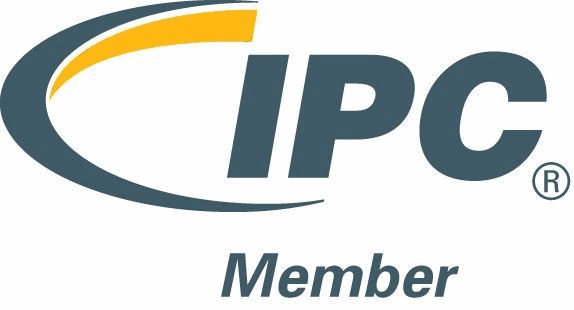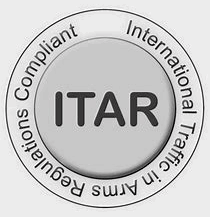Through hole soldering defects can, at times, be the one thing preventing customers from receiving high-quality end-product results. This is why it is crucial to understand the common issues that occur during assembly in order to best avoid and address them. The causes of these types of defects are listed below:
Unfilled Holes
While unfilled through holes are a common soldering defect, this type of flaw can be caused by a few different factors. One avoidable reason for through holes that are not properly filled is that the plated hole material has been contaminated or is poor quality. When unstable material is used, cracks and residue may occur, ultimately leading to poor overall conductivity. Other common causes for unfilled through holes includes insufficient hole-to-pin ratios or reduced flux activity, which is brought about by overheating.
Heavy Tarnish Layer
Poor wetting is a leading cause for through hole defects. To avoid poor wetting, it is recommended that a thorough removal process is used for the oxide film that naturally forms on the solder surface. Flux is used to conduct this thorough process— while it will not remove every trace of oxidized film, it will ensure that the tarnish layer is not too heavy as to prevent functionality.
Solder Balls
Solder balls are another defect that forms during some through hole plating operations. Most of the solder balls occur due to the consistency of the solder itself, creating spheres of excess material. The solder often forms these balls due to trapped air or even moisture during the surface mounting process. Solder joints and PCB assemblies each have a maximum level of excess solder that is allowable without risk of defects or poor functionality.
Insufficient Soldering Time
Too short soldering time or too low preheating temperature may not provide the flux with enough time to fully remove the oxide film that accumulates on the printed circuit board. Oxidation proves to be a hazard during the soldering process, as it limits the efficacy of solder joints.
While oxidation can be manually removed from PCB assemblies, it is difficult to detect the presence of oxide film before a large amount has accumulated. Therefore, if you can extend the soldering time and strengthen the preheating effect, it is incredibly helpful to the process of avoiding through hole defects.
Poor Solder Rinse
Lastly, poor solder rinse is another cause for defects during the PCB through hole process. Even if the soldering process itself is conducted perfectly, if the rinsing step is omitted, there may be issues with proper heat balance or even alloy residue.
Ultimately, poor solder rinse is one of the most common causes of poor conductivity in printed circuit boards, which is why it is crucial to invest in the proper cleansing fluids.
Avoid Common Through Hole Defects By Trusting a Qualified Partner
As you can see, there is a wide range of defects to be wary of when conducting through hole processes. To receive the best possible end-results, it is important to invest in a thoroughly trained PCB manufacturing partner or an equipped workforce of your own!




